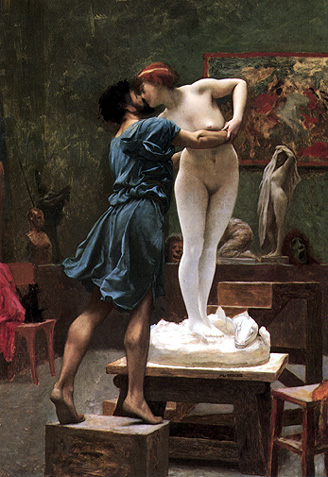
Depictions of Gynoids, Fembots, and Female Cyborgs in SF
Sources Consulted
| What are Gynoids, Fembots, and Cyborgs? |
|---|
Maria from the movie Metropolis Although designs of humanoid automata, or self-operating machines that look like humans, have been found to have existed as early at the 1400’s, the presence of what we know today as robots began to appear in literature around the 1800’s. Karel Capek’s “R.U.R.”( Rossum’s Universal Robots) coined the term “robot” and L. Frank Baum’s robot character Tik-Tok of the novels Ozma of Oz and Tik-Tok of Oz established the literary archetype for robots in science fiction. Eventually science fiction that was about automata developed three distinct subspecies within the category: robots- automata that had mechanical appearances, androids- robots made to resemble humans in appearance and behaviour, and cyborgs- human beings that have mechanical parts. The subject addresses the female versions of these three subspecies. Gynoid: (from the Greek gyne- woman) a robot designed to look like a human female. Fembot: term used to describe female robots. Cyborgs: cybernetic organism, or an organism composed of both organic and mechanical parts. Despite the fact that when an individual reads or watches a science fiction work on automata they usually find male versions of these beings, female automata have been of interest to human beings for centuries. “In Book 18 of the Iliad, Hephaestus the god of all mechanical arts, was assisted by two moving female statues made from gold- ‘living damsels, filled with minds and wisdom” (wikipedia.com). The Greek myth of Pygmalion tells the story of a lonely man who sculpted his ideal woman from ivory, Galatea, and then fell in love with her after Aphrodite brings her to life. E.T.A. Hoffman’s short story “ Der Sandmann” written in 1817 depicts a female-automaton designed to be the perfect dancer. Today we have a large number of science fiction works of literature and film that depict female automata such as the ladies of The Stepford Wives and Maria from the movie Metropolis.
|



